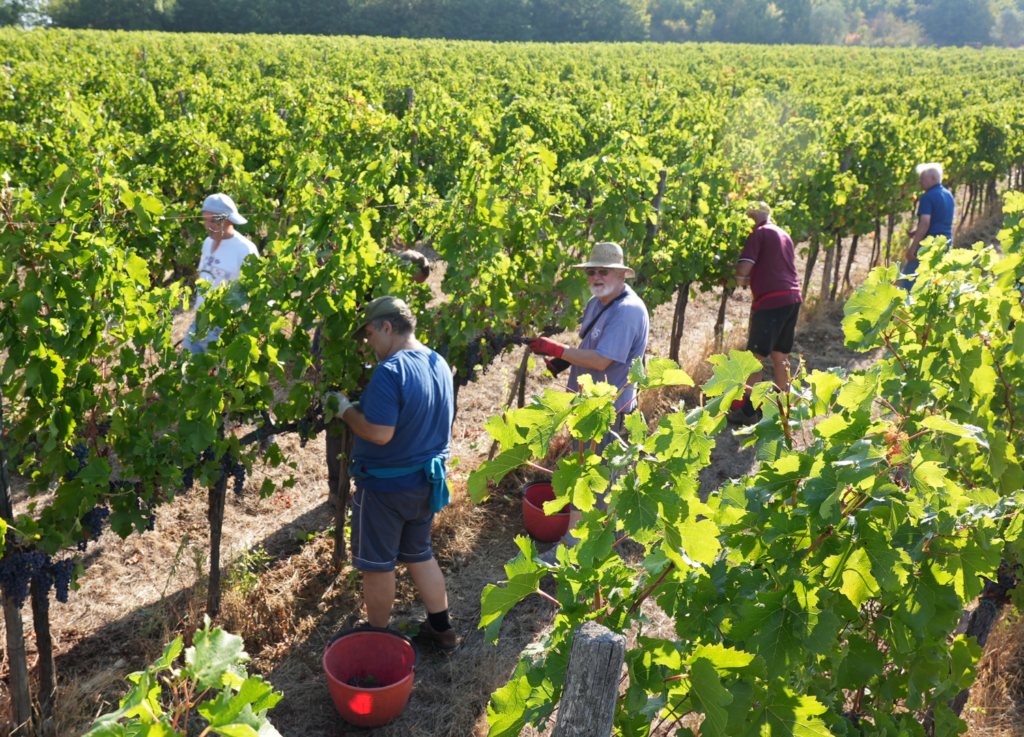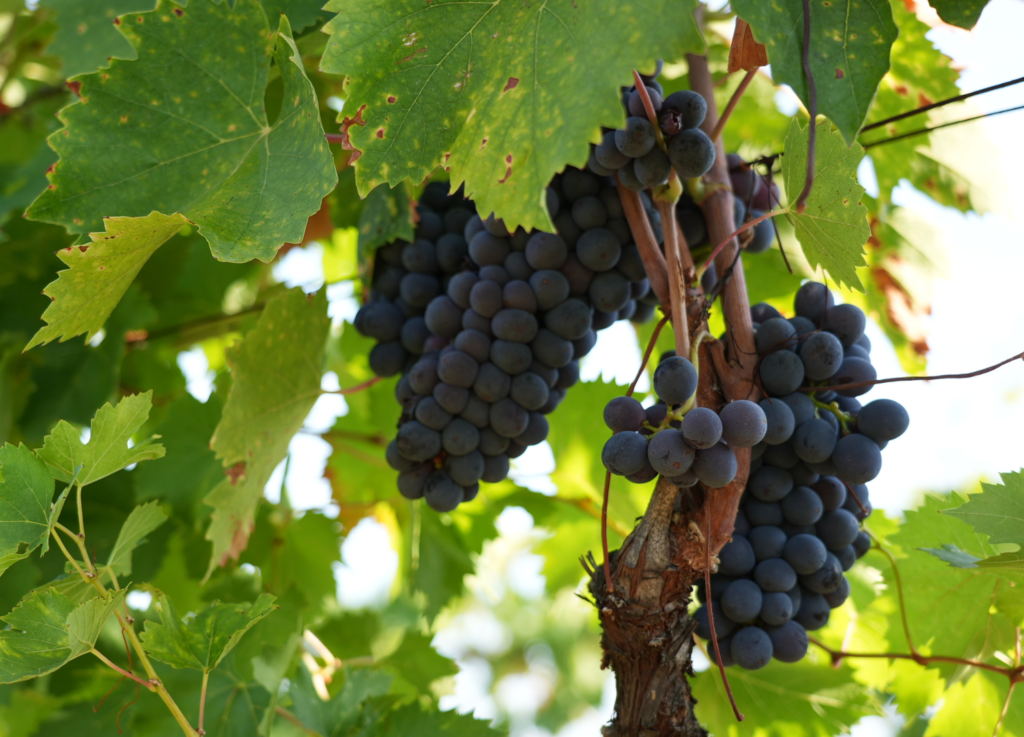Persistent rainfall between April and June produced the spread of downy mildew, a fungus that affected vines just as they were blooming, compromising grape production. Good thing the one that has come to maturity is of quality.
“It is not sufficient to invoke an old proverb, ‘Common evil, half a joy,’ to mitigate the magnitude of the effects in this agricultural year. Finding solace merely in shared adversity with others remains a meager consolation.” The harvest, this year, did not go well, and the outcome was largely expected. Even the Loppiano Agricultural Cooperative reported a very modest harvest. Just take into consideration the duration of the grape harvest It usually took three weeks. This time it started on Monday, September 18, and a week later it was already over.

The drop in grape yields compared to the previous year has reached approximately 75 percent, with a more pronounced impact on white grapes than on black varieties. This unfortunate trend, often described as a “common evil,” is prevalent across the country, beginning with the region of Tuscany. Luigi Castiglioni, the president of Fattoria Loppiano, laments the situation, stating, “In our region, some farms have abandoned the idea of harvesting altogether due to the lack of profitability.” He further adds, “Numerous regions, spanning from Marche and Abruzzo to Puglia and Sicily, have already requested a declaration of a natural disaster. Although Tuscany has not yet made this request, we have, nevertheless, submitted an application seeking at least partial compensation for the damages we’ve incurred.”
Why Did We Have an Unfortunate Harvest? “The root cause of this disappointing harvest is not, as one might expect, the prolonged summer heat that extended into September. Rather, it can be attributed to the relentless two months of continuous rainfall that saturated the vineyards from April to June. This excessive moisture created ideal conditions for the rampant spread of downy mildew on the vines,” Castiglioni explains, “and unfortunately, this outbreak coincided precisely with the flowering of the vines themselves. This critical phase of growth was delicate, resulting in compromised production and causing stem desiccation.” It’s clear that the effects of climate change are becoming increasingly evident in our vineyards.

It was, in short, an epidemic. “Like all fungi,” the farm president continues, “downy mildew feeds on moisture, especially if it is persistent, and with our choice of organic farming, the available phytosanitary means are limited and easily washed away by rain, leaving the vines without adequate protection. Thus, continuous interventions have been necessary with a considerable economic effort in terms of manpower and purchase of pesticides.”
However, there is a positive aspect worth noting. “Judging from the preliminary analysis we’ve conducted, the quality of the production looks promising. All the characteristics for a good wine are there,” Castiglioni remarks with a smile, highlighting a significant leap in technical innovation. For the Chianti 2021 and 2022 white wines, a cutting-edge approach was adopted in early September, featuring advanced techniques such as bottle sterilization, corking, and labeling using nitrogen. This use of gas effectively prevents wine oxidation, ensuring it does not come into contact with oxygen in the air, which could compromise its quality. What’s more, as an added innovation, the filled bottles were carefully placed horizontally on specially designed undulating alveoli to ensure ideal aging conditions.

